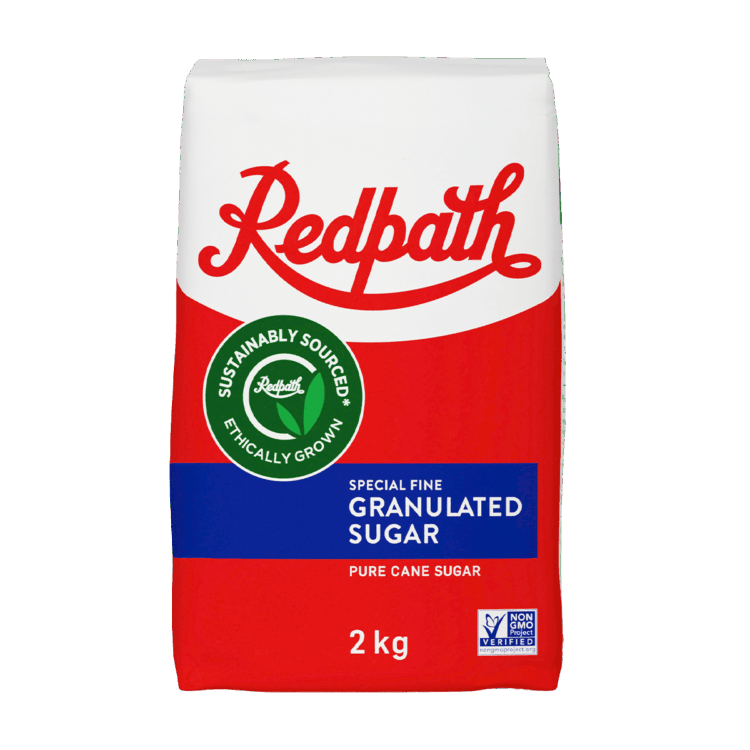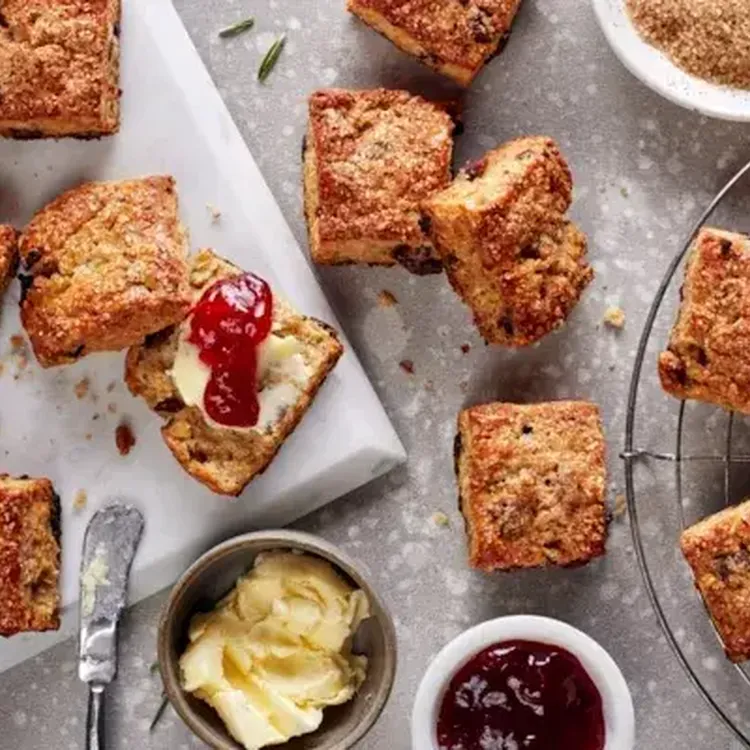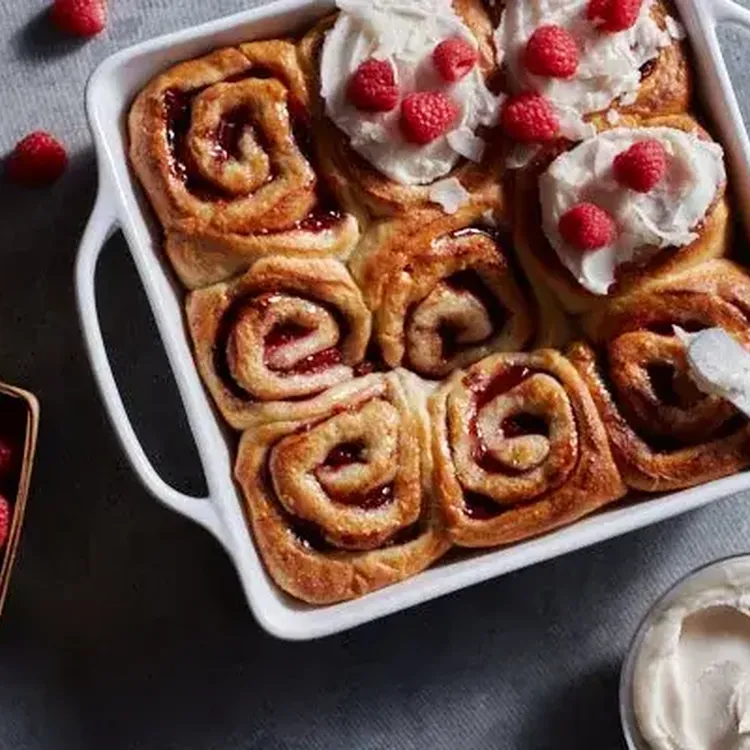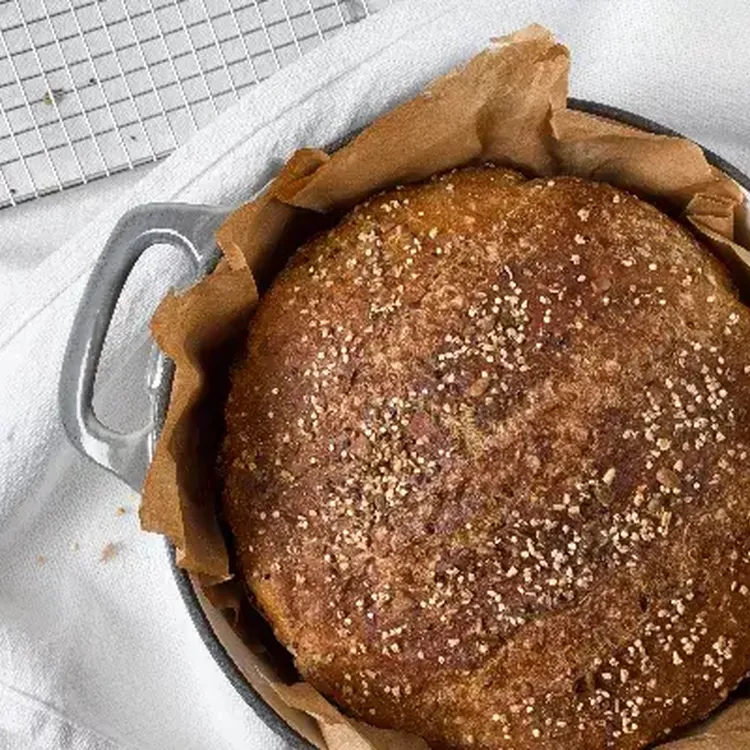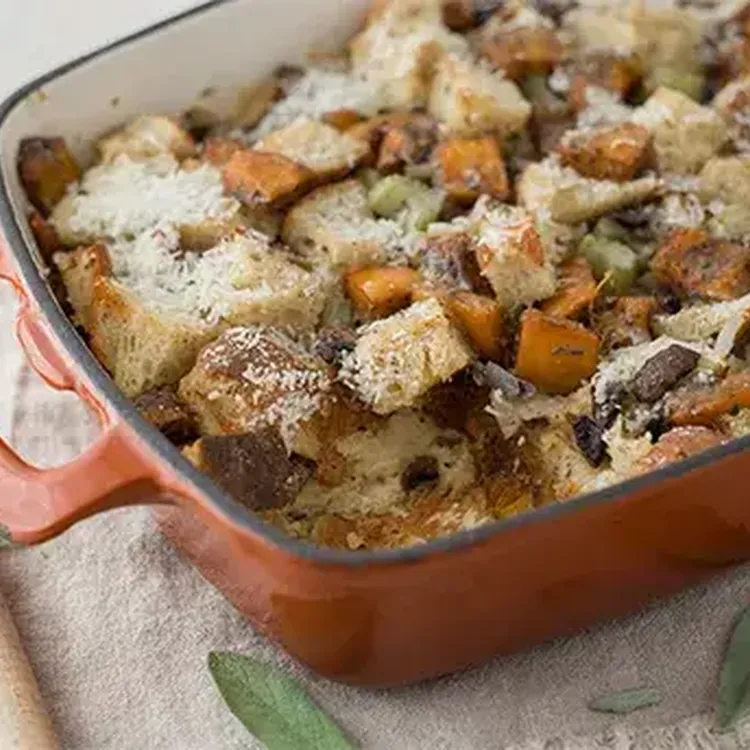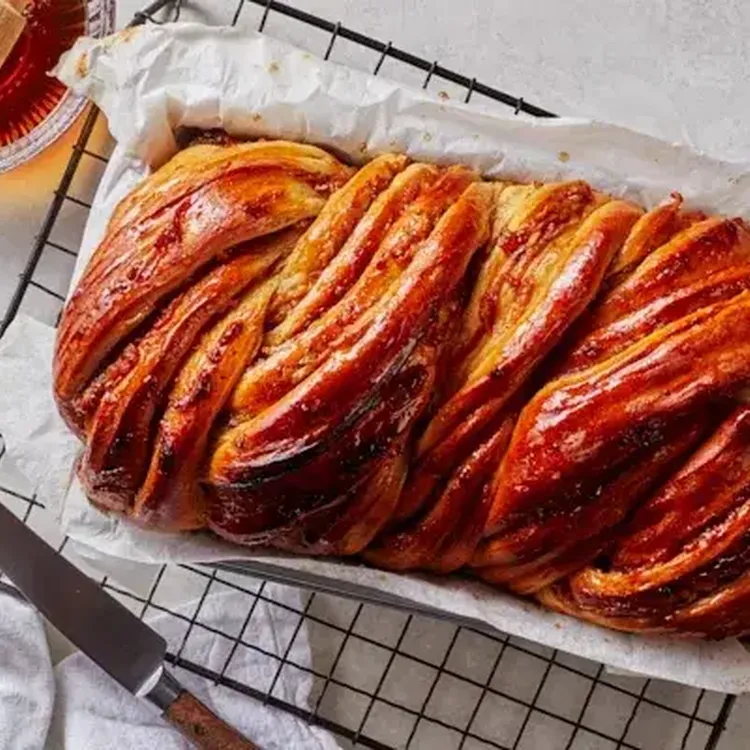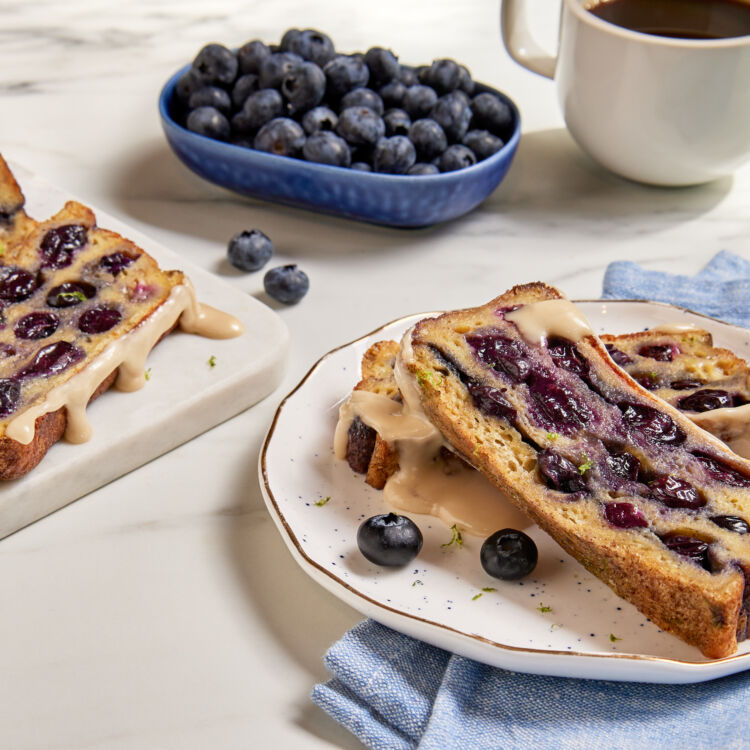Classic Sandwich Bread
Back to Recipes & MoreInstructions
Step 1
In the bowl of a stand mixer, stir 1 teaspoon (4 g) Redpath® Granulated Sugar into ½ cup (125 ml) warm water. Sprinkle in the instant yeast and stir to dissolve. Let sit until mixture is foamy; 5 to 10 minutes.
Step 2
Add in the remaining warm water, the remaining Redpath® Granulated Sugar, warm milk, and oil. Stir to combine. Add in 5 cups (600 grams) of the bread flour and the salt. Using the paddle attachment, mix on low speed until just combined.
Step 3
Switch to the dough hook. Mix on low speed and gradually add the remaining flour into the bowl until it begins to form a soft, yet tacky dough; you may not need all the flour.
Step 4
Continue to knead the dough until dough begins to come away from the sides of the bowl and forms a ball; 8 to 10 minutes. This part can also be done by hand.
Step 5
Turn dough out onto a lightly floured work surface. Knead until it forms a soft, smooth, supple ball of dough that holds its shape when held in the palm of your hand; 10 to 15 minutes.
Step 6
Lightly oil a large bowl. Place the dough rounded side down first, and flip it over to ensure the dough is lightly greased; this prevents the dough from sticking to the plastic wrap or damp, lint-free kitchen towel placed over the bowl. Place the covered bowl in a warm, draft-free location to rise until doubled in size; about 45 minutes.
Step 7
Grease two 9 x 5 loaf pans with baking spray, butter, or oil. Set aside.
Step 8
Turn the dough out onto a lightly floured work surface. Gently flatten the dough to redistribute the gasses in the dough. Divide the dough in half (approximately 876 grams). Pat each half of the dough into a rectangle (9 x 16 inch).
Step 9
Starting from one of the shorter ends (9-inch side), firmly roll up the dough. Seal the seam and ends, by pinching the dough together. Place into the prepared loaf pan, seam side down.
Step 10
Repeat the process with the second piece of dough. Cover loaf pans loosely with plastic wrap or a damp kitchen towel and place in a warm, draft-free location until dough has risen about an inch above the rim of the pan; 30 to 45 minutes.
Step 11
While the bread is proofing, preheat the oven to 375°F (191°C).
Step 12
Loaves are ready to be baked when the indentation from a gentle poke with a finger slowly fills back. If poked and the indentation fills in immediately, the dough needs more proofing time.
Step 13
Place the loaves into the preheated oven and bake for 30 to 35 minutes or until a thermometer inserted in the center of the loaf registers 190°F (88°C).
Step 14
Let cool slightly in the pan; 10 minutes. Turn out loaves and cool completely on a wire cooling rack before slicing. Completely cooled loaves can be placed into a resealable plastic bag or wrapped in plastic wrap for up to 4 days at room temperature, or can be wrapped in plastic wrap, placed into a freezer safe bag and frozen up to 6 months.



